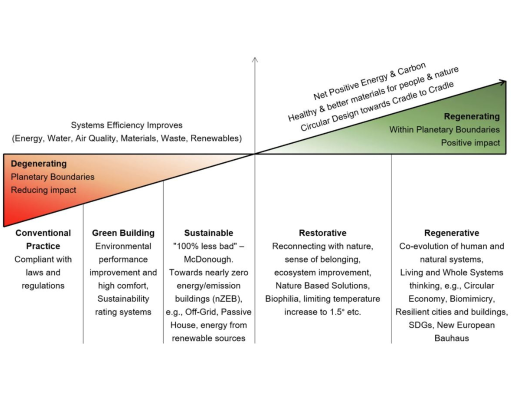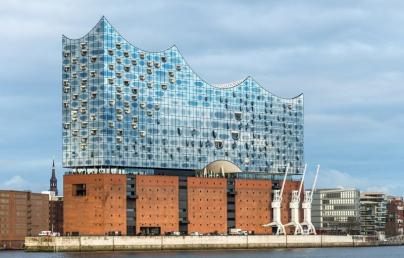From Sustainability to Regeneration: a digital framework with BIM and computational design methods

From Sustainability to Regeneration: a digital framework with BIM and computational design methods
Design methods, frameworks, and green building certifications have been developed to create a sustainable built environment. Despite sustainability advancements, urgent action remains necessary due to climate change and the high impact of the built environment.
Regenerative Design represents a shift from current practices focused on reducing environmental impacts, as it aims to generate positive effects on both human and natural systems. Although digital design methods are commonly employed in sustainable design practice and research, there is presently no established framework to guide a digital regenerative design process.
This study provides an analysis of existing literature on regenerative design and digital design methods and presents a framework based on building information modelling (BIM) methodology and computational design methods, that can be applied to both urban and building design.
This framework identifies digital tools and organizes indicators based on the pillars of climate, people, and nature for regenerative design, drawing upon a comprehensive analysis of literature, including standards, sustainability frameworks and research studies. The framework is illustrated through a case study evaluation.
The Regenerative Sustainability paradigm aims to create a built environment in a harmonious relationship with nature that supports both human well-being and natural systems. It provides also a promising avenue for mitigating and adapting to the effects of climate change. This journal publication explores the concept of regenerative design in the context of recent developments in the built environment and proposes a new framework based on digital technologies for urban and building design.
Main contributions:
- Propose a novel framework for regenerative design that includes both BIM methodology and computational design methods.
- Identify and organize key performance indicators for regenerative design based on the pillars of climate, people and nature. Indicators are gathered from scientific literature, standards, and sustainability frameworks.
- Discuss the potential and limitations of digital methods concerning regeneration.
- Demonstrate the application of the approach in a case study in the city of Ljubljana. The presented results include simulations performed in the case study through BIM and/or computational design tools for daylight performance and visual comfort, indoor and outdoor comfort, energy consumption and renewables, and Life Cycle Assessment.


